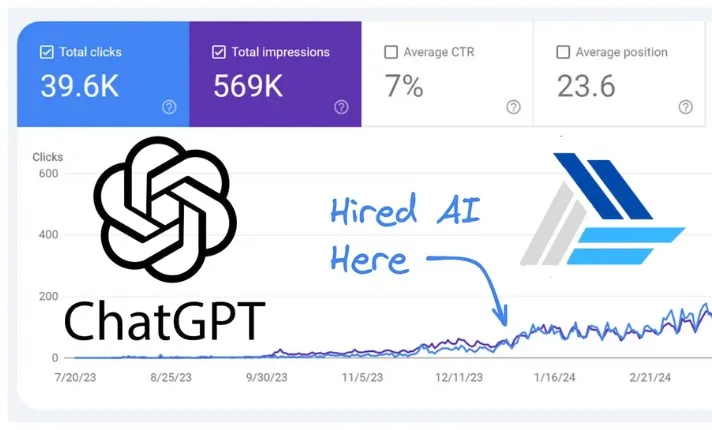Why Use XML to HTML Converter?
XML is highly flexible, allowing custom tags and structures, whereas HTML provides predefined tags for content display. By converting XML to HTML, you can ensure that your data is displayed correctly across all browsers. Additionally, HTML’s standardized tags make it easier to style, structure, and present content, enabling a smooth user experience on your website.
Key Steps in XML to HTML Conversion
Converting XML to HTML involves three major steps:
- Parsing: The XML file is parsed to extract the data elements.
- Transformation: XSL templates are used to transform the extracted XML data into HTML.
- Output: The transformed HTML code is saved and can be rendered in a web browser.
Benefits of Using an Online XML to HTML Converter
Utilizing an online XML to HTML conversion tool like the one offered by Jimni Nomics offers several advantages:
- Saves Time and Effort: Automated conversion with just a few clicks, speeding up the process.
- Ensures Accuracy: Avoid errors and ensures that the converted HTML is well-structured and valid.
- Handles Complex XML Structures: Even for complex hierarchies, the tool ensures no data is lost in translation.
- Customization Options: Adjust the HTML output to meet specific styling or layout needs.
Common Challenges and Solutions
During the XML to HTML conversion, some challenges may arise:
- Complex XML Structures: Ensure that the tool you use can manage nested XML elements and complex hierarchies.
- Data Loss: Use tools that offer customization options to map custom XML elements without losing data.
- Styling: HTML allows for flexible styling. Use CSS for custom styling of the converted HTML.
- Large XML Files: Opt for a tool that can efficiently process large XML files without performance issues.
Best Practices for XML to HTML Conversion
To ensure a smooth conversion, follow these best practices:
- Validate Your XML: Always validate your XML document to ensure it adheres to its schema before conversion.
- Optimize Your XML: Clean up unnecessary elements to streamline the conversion process.
- Use CSS for Styling: Keep the presentation separate by using CSS for custom styling.
- Optimize Performance: Compress large XML files and remove unused elements for faster conversion.
How Does XML to HTML Conversion Help Web Developers?
Web developers can easily integrate XML data into web pages by converting it into HTML format. The tool ensures a fast, efficient, and error-free process, allowing developers to focus on creating functional and visually appealing websites.
Try Our XML to HTML Converter Today
Simplify your website creation with Jimni Nomics' XML to HTML conversion tool. Whether you're building an e-commerce platform, a news portal, or a corporate website, our tool helps streamline the process. Save time, avoid common challenges, and create dynamic web pages by converting your XML to HTML today.


 By: Jimni Nomics
By: Jimni Nomics
